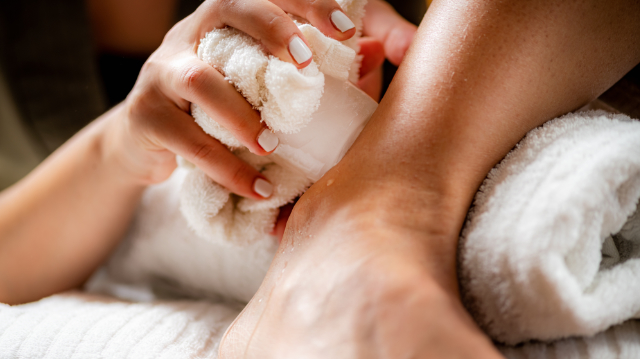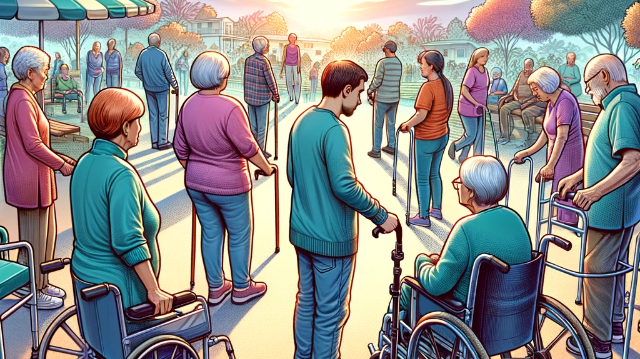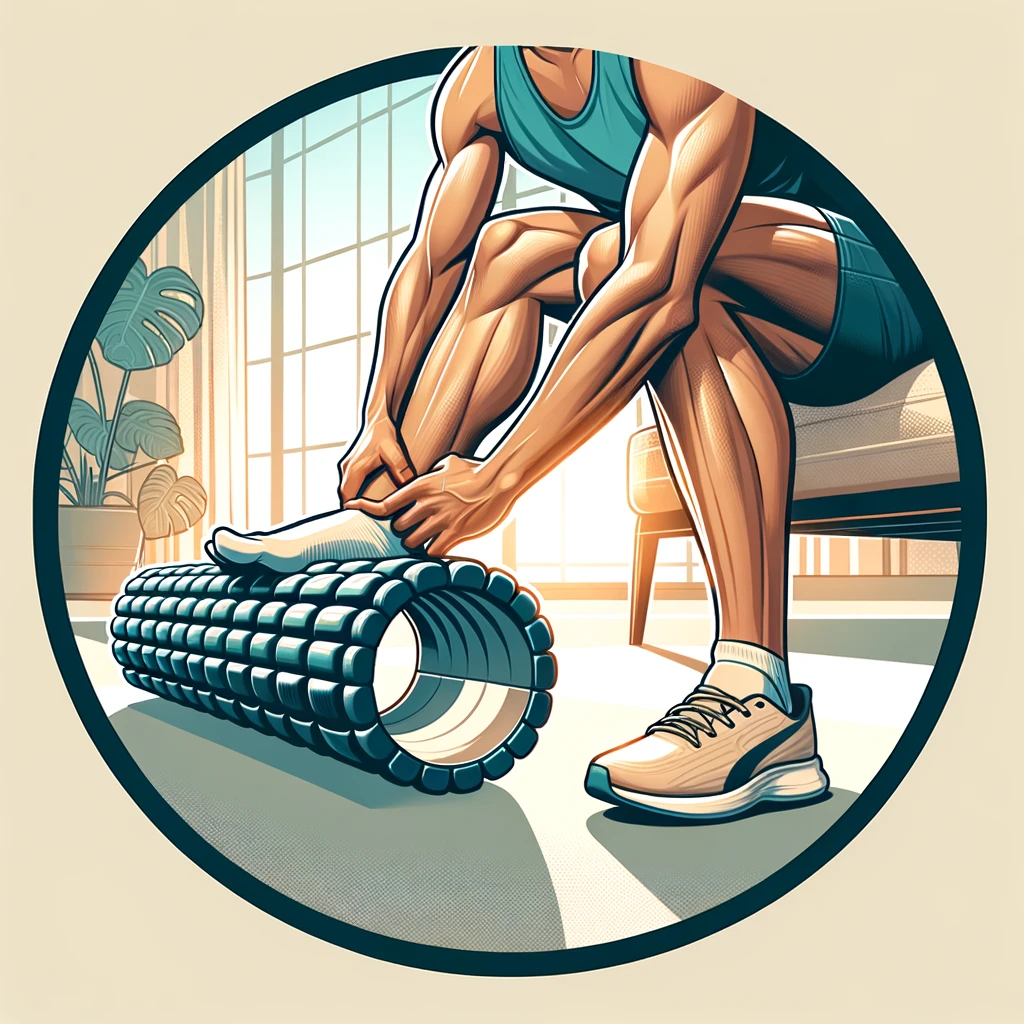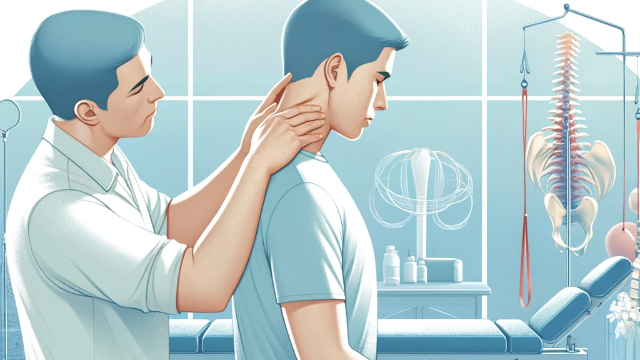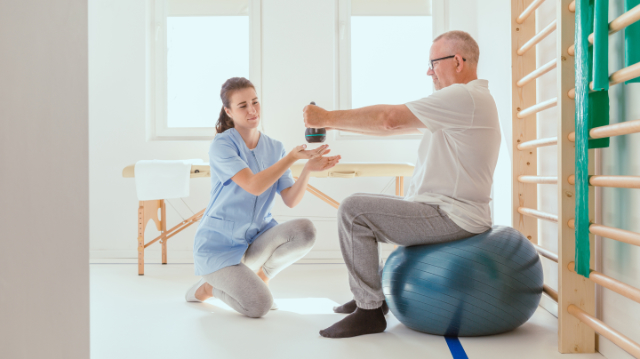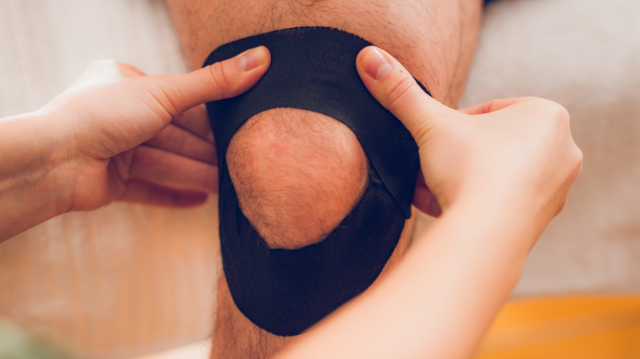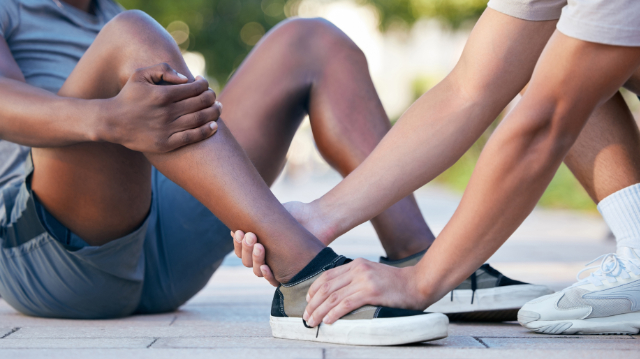
Peripheral neuropathy, a condition stemming from damage to the peripheral nerves, often manifests in the feet, leading to symptoms such as numbness, tingling, and pain. This condition does not only cause discomfort but also significantly affects oneâs balance and mobility. The intricate link between peripheral neuropathy in the feet and balance deterioration underscores the critical need for specialized physical therapy. This article aims to illuminate the role of physical therapistâdirected treatment in managing peripheral neuropathy and enhancing balance, guiding individuals towards regaining control over their mobility and quality of life.
Understanding Peripheral Neuropathy and Its Impact on Balance
Peripheral neuropathy affects the bodyâs ability to communicate with muscles, skin, and internal organs. It particularly impacts the feet, where the longest nerves in the body reside, making them vulnerable to damage from various causes, including diabetes, infections, and exposure to toxins. The loss of sensation not only leads to discomfort but critically impairs proprioception â our sense of body position â which is crucial for maintaining balance.
The Connection Between Neuropathy and Balance
The diminished sensory feedback from the feet to the brain due to neuropathy disrupts our natural balance system. This disruption increases the risk of falls, leading to a fear of walking and a consequent decrease in physical activity. Thus, managing peripheral neuropathy is pivotal not just for alleviating pain but also for preserving mobility and independence.
The Role of Physical Therapy in Managing Neuropathy and Improving Balance
Physical therapy emerges as a beacon of hope for individuals grappling with peripheral neuropathy. Tailored therapeutic interventions aim to alleviate symptoms, enhance balance, and restore functionality.
Tailored Therapeutic Interventions
- Strength Training: Strengthening exercises for the lower limbs bolster muscle support around the joints, enhancing stability.
- Balance Training: Balance exercises, such as standing on one foot or walking heelâtoâtoe, improve proprioception and reduce fall risk.
- Sensory Reâeducation: Techniques to enhance sensory perception in the feet can help compensate for lost sensation, improving safety during movement.
- Pain Management: Modalities like TENS (Transcutaneous Electrical Nerve Stimulation) may alleviate pain, making it easier to participate in therapeutic activities.
Integrating Technology
Advanced technologies, including virtual reality and wearable sensors, offer innovative ways to engage patients in balance and gait training, making therapy both effective and engaging.
Empirical Evidence Supporting Physical Therapy
Research underscores the efficacy of physical therapy in managing peripheral neuropathy and improving balance. A pivotal study published in Diabetes, Metabolic Syndrome, and Obesity highlights the positive outcomes of physical therapy interventions on balance and gait in individuals with peripheral neuropathy, emphasizing the importance of early and targeted intervention.
Your Next Steps to Mobility and Balance
Living with peripheral neuropathy in the feet can be challenging, but it doesnât have to dictate your quality of life. Engaging in physical therapistâdirected treatment offers a path to not only manage symptoms but also significantly improve balance and mobility.
Take Control of Your Mobility and Balance
Donât let peripheral neuropathy hold you back. Contact one of our clinical specialists today for more information on balance disorders and how we can help. Together, we can work on your mobility, enhance your balance, and help you experience a higher quality of life. Remember, taking the first step towards therapy is taking a step towards regaining your independence.
Reference: Journal of NeuroEngineering and Rehabilitation, “Effects of Physical Therapy Interventions on Balance and Gait in Peripheral Neuropathy Patients: A Systematic Review”. This study offers a comprehensive review of the effectiveness of various physical therapy interventions in improving balance and gait among individuals with peripheral neuropathy, providing a scientific basis for tailored treatment approaches.


